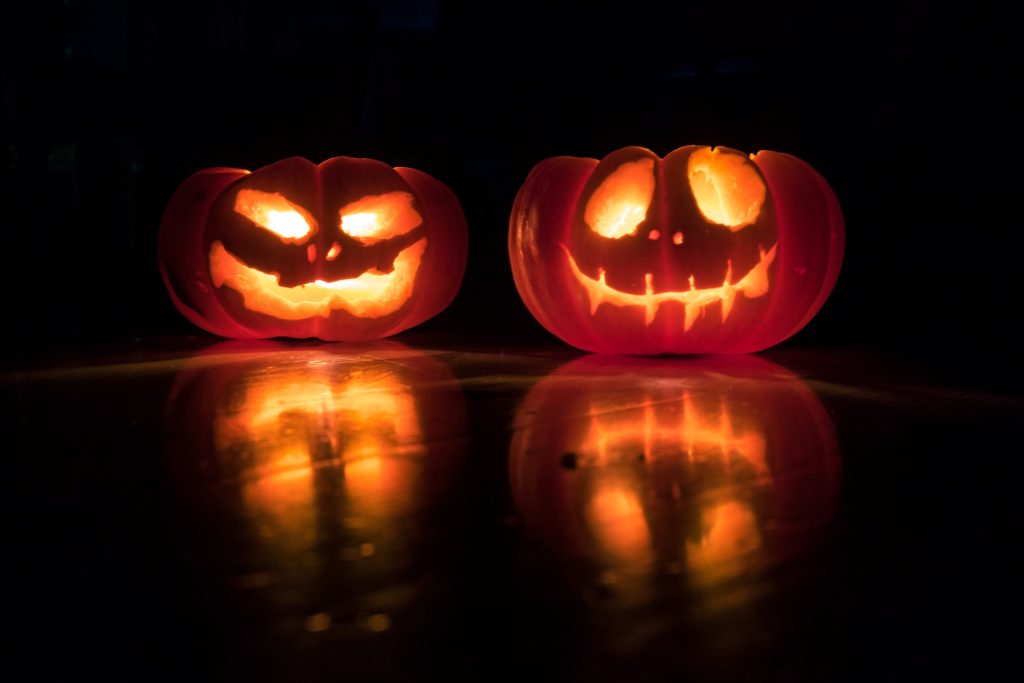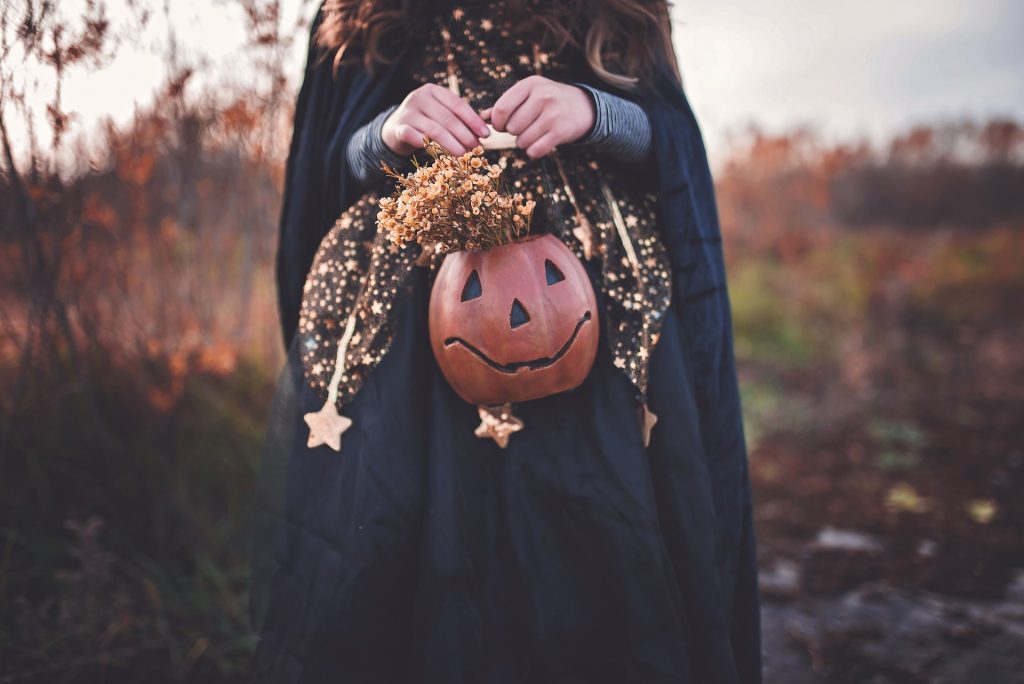
Halloween is an annual holiday observed on October 31. The tradition originated with the ancient Celtic festival of Samhain, when people would light bonfires and wear costumes to ward off ghosts.
For many people, Halloween is a favorite holiday, especially among horror fans, because new horror films are often released leading up to the day of celebration. However, some people who are afraid of anything spooky would be dreading Halloween.
Halloween is also a popular time for dressing up and cosplaying, which the younger generations enjoy.
But have you ever wondered how Halloween came about?
The origins of Halloween go back thousands of years to the Celtic celebration of Samhain (pronounced “sow-win”), a festival that marked the end of the harvest season and ushered in a new year.
During Samhain, the veil between the worlds of the living and the dead was thought to be especially thin, so people would light up bonfires and wear costumes to ward off ghosts and spirits.
But why ‘Halloween’?
In the eighth century, Pope Gregory III designated November 1 as a time to honor all saints, calling it ‘All Saints Day’. The evening before was known as All Hallows Eve, and later Halloween.
Over time, Halloween evolved into a day of activities like trick-or-treating, carving jack-o-lanterns, festive gatherings, donning costumes, and eating treats.
What’s the deal about carving the pumpkin?
The tradition of carving the pumpkins, also known as Jack-o’ lanterns, originated in Ireland and is based on the legend of a man named Stingy Jack, who tricked the Devil for his own monetary gain.
When Jack passed away, he was sentenced to roam the earth for eternity. In Ireland, people started to carve demonic faces out of turnips to frighten away Jack’s wandering soul. When Irish immigrants moved to the U.S., they began carving jack-o’-lanterns from pumpkins, as these were native to the region.
Do we really have to dress up on Halloween?
It is believed that if you go out on All Hallows’ Eve, you may encounter terrifying creatures, as asserted by old traditions.
According to the Celts, you’d have to disguise yourself as a part of the wandering spirit if you did not want to be terrorized during Halloween.
In parts of Scotland and Ireland, it is still believed that the bonds that hold soul and body together are so loose and relaxed that anyone or anything versed in mystic knowledge can easily detach the two entities.
Trick-or-treat: Kids’ favorite activity

There is no doubt that some of us are curious about the meaning behind this act.
One of the theories suggests that Celtic people would leave food out to appease the spirits traveling the earth at night.
As time passed, children began to dress up like these otherworldly beings in exchange for similar food and drink offers. They would knock on the doors of houses at Halloween and shout ‘trick or treat’. If the person who answers the door does not give the children a treat, such as sweets or candy, they play a trick on him or her.

